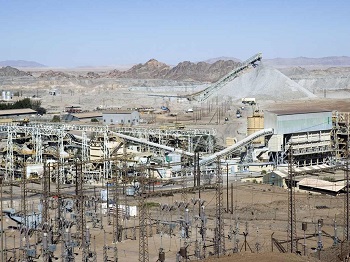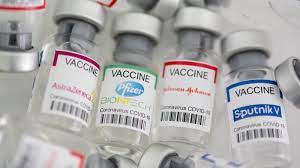
Health study shows low radiation exposure for workers at Rössing mine

An independent health study has revealed that there is no strong evidence for a link between total radiation exposure and cancers among workers at Rössing Uranium mine.
The open-cast mine near Arandis where uranium-bearing rock is blasted, crushed and processed chemically to produce uranium concentrate for export, not only exposes workers to radiation directly from radioactive materials in the rock, but may also breathe in radioactive dust and radon gas which can escape from the rock.
Workers may also have inhaled other, non-radioactive, substances, such as acid mist. It was for this reason that the University of Manchester was appointed by Rio Tinto (until recently, the major shareholder in the Rössing mine) to conduct an independent study to investigate if working at the Rössing mine is linked with a higher risk of developing cancer.
Using records held at the Rössing mine, the University of Manchester research team identified 7901 people who had worked at least one year at the mine between 1976 and 2010.
The team identified those who had developed cancer using the Namibia National Cancer Registry, the South African National Cancer Registry and information from the records of the mine’s occupational health service.
The study focussed on lung cancer, cancers of other parts of the airways, leukaemia (cancer of the blood), kidney cancer and brain cancer and identified 32 cases of lung cancer, 18 other airways cancers, 8 cases of leukaemia, 9 cases of brain cancer and 9 cases of kidney cancer.
The study carried out statistical analyses to determine whether there are any relationships between occupational exposures (radiation, silica, acid mist, diesel engine exhaust) and the selected cancers of interest.
“These analyses showed that there is no strong evidence that total radiation exposure, or other exposures at the Rössing mine, have caused an increased risk of cancers in the workforce,” Johan Coetzee, Managing Director of Rössing said.
Further analyses by the research team showed associations between estimated gamma radiation and radioactive dust with lung cancer, but the associations were inconsistent, being present in some forms of analyses, but not in others.
“In these circumstances, no firm conclusion could be reached. No evidence of carcinogenic effects at these levels have been found in other studies,” Coetzee added.












































